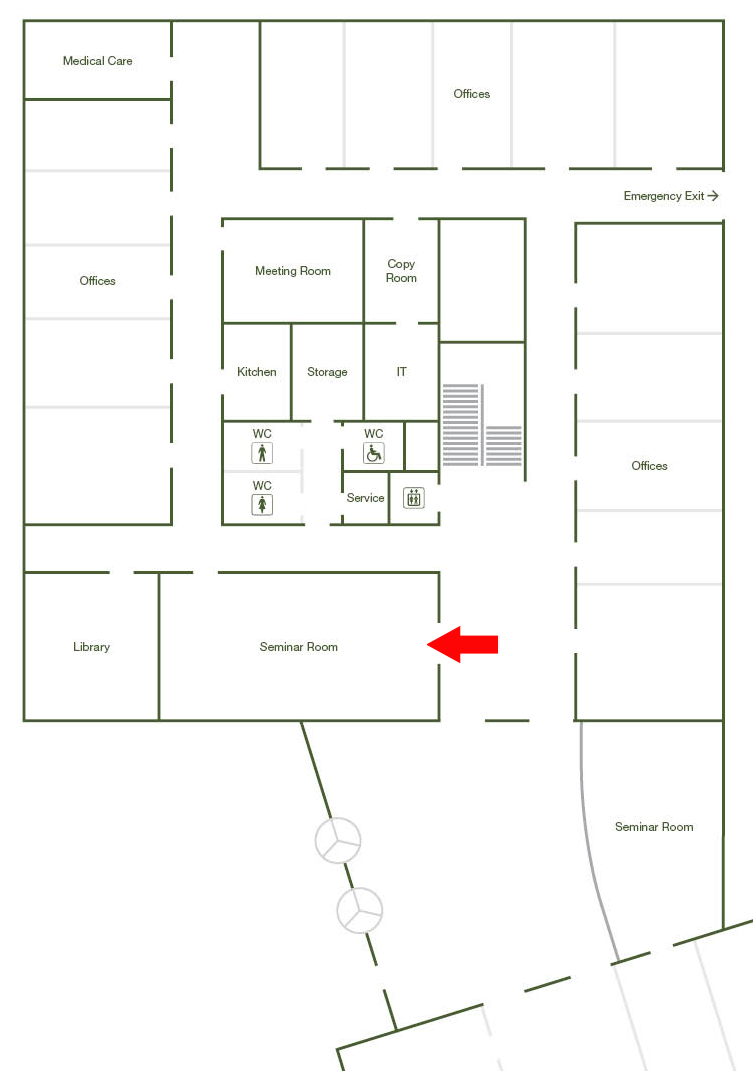A weakly-interacting one-dimensional Bose gas with an impurity particle

An environment with a mobile impurity particle is the model that is routinely used to understand certain realistic systems, think of an electron in a crystal or a proton in a neutron star. In spite of the many-body nature of this model, the low-energy dynamics of the impurity can often be predicted using a single-particle quantum mechanics. This tremendous reduction in complexity can be understood using the polaron quasi-particle -- an impurity 'dressed' by collective excitations (e.g., phonons) of the environment.
Motivated by the possibility to create and study polarons in cold-atom systems, I consider a weakly-interacting one-dimensional Bose gas with a structureless impurity. My presentation will address the corresponding polaron picture, and the possibility of observing the polaron quasi-particle in current experiments with cold Bose gases. It will also briefly discuss induced correlations between two polarons.